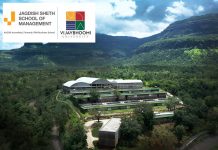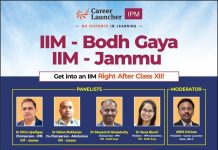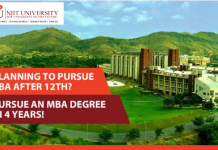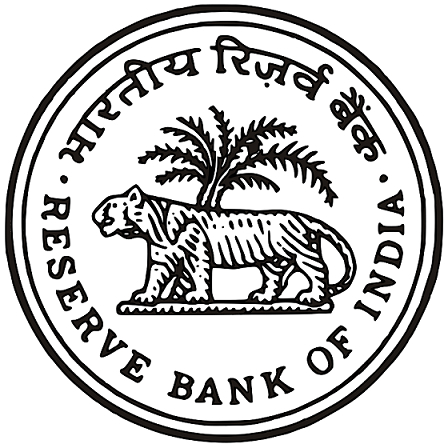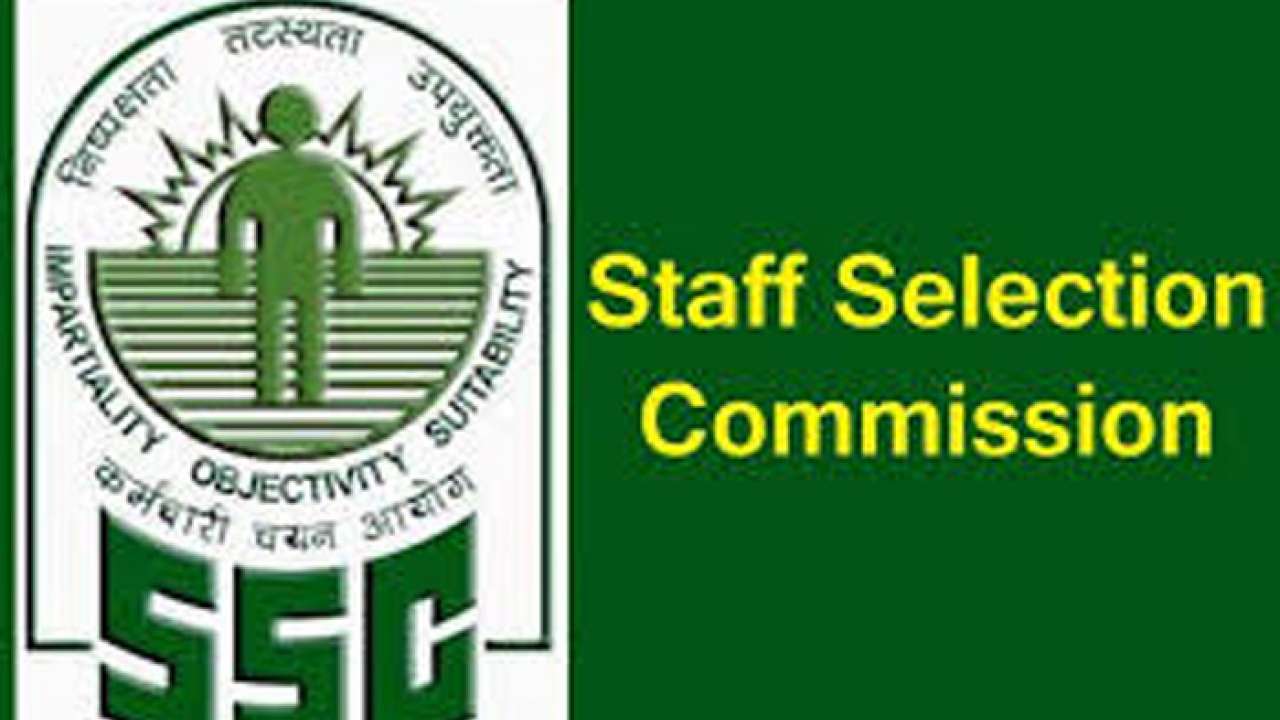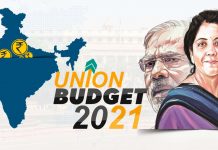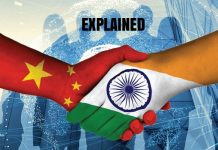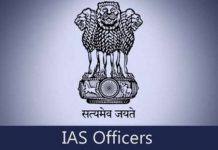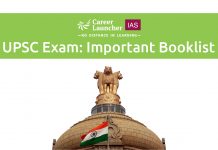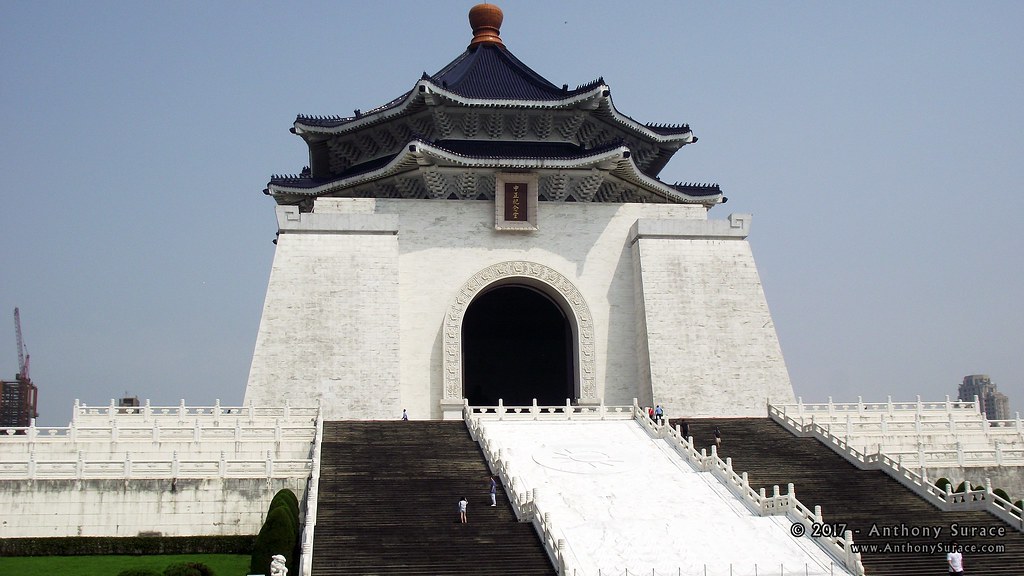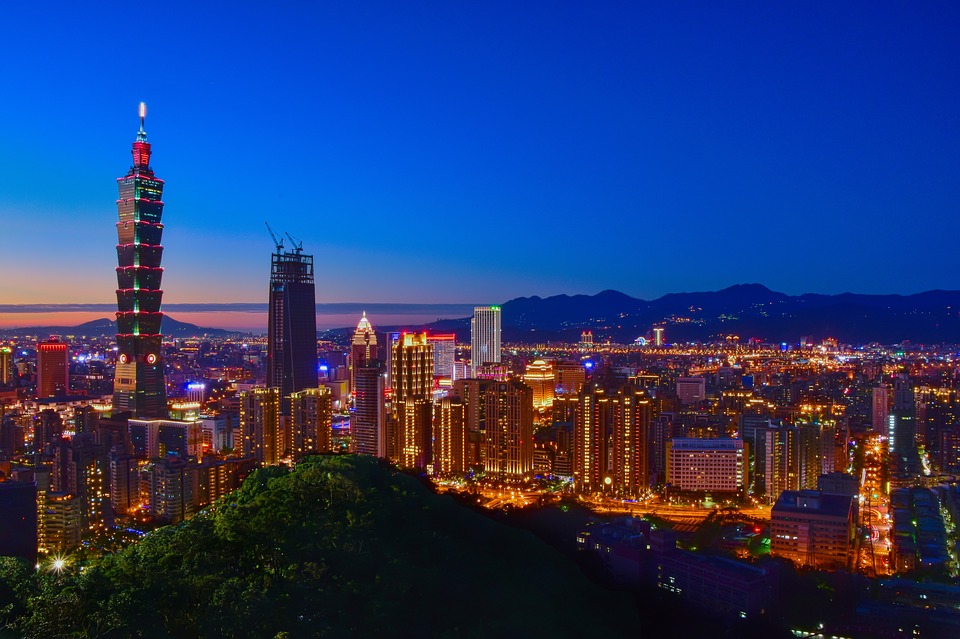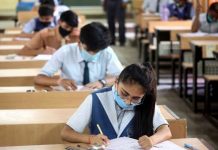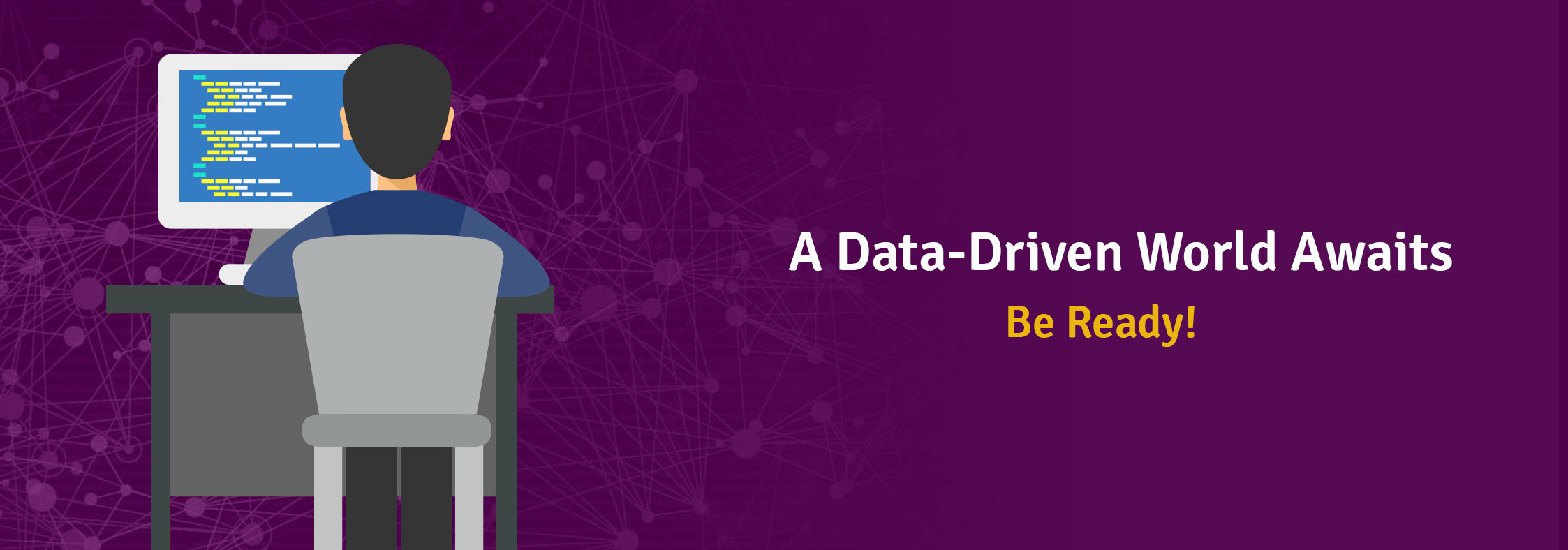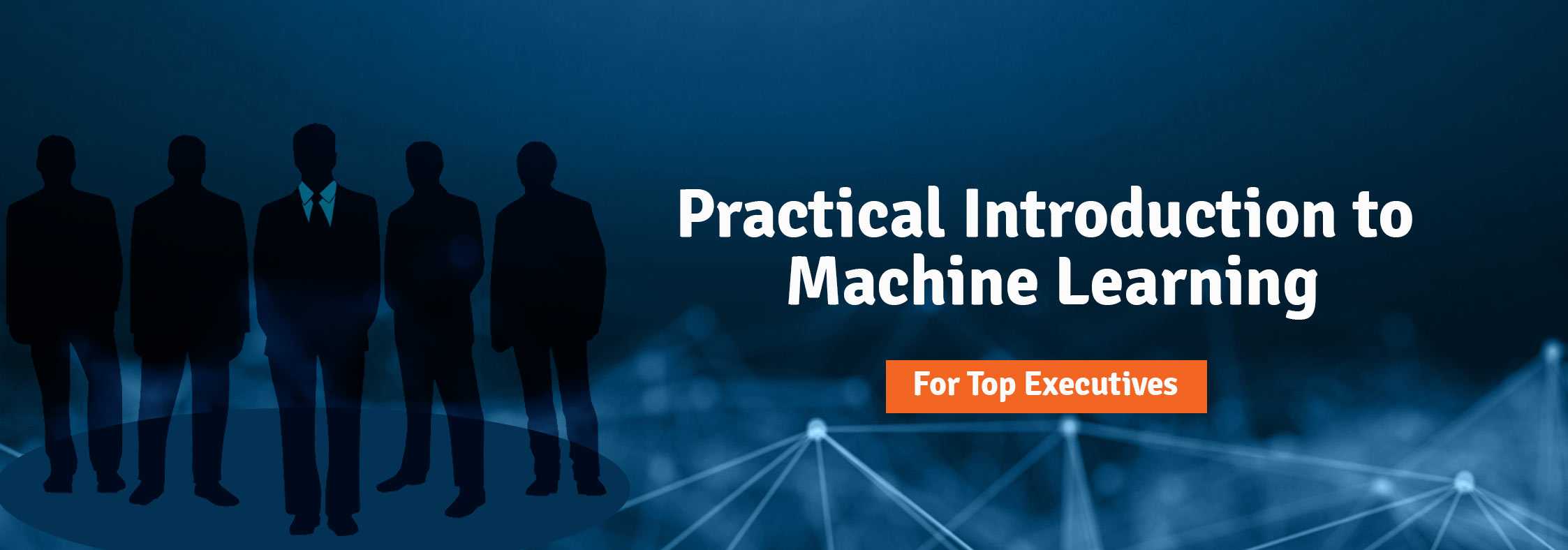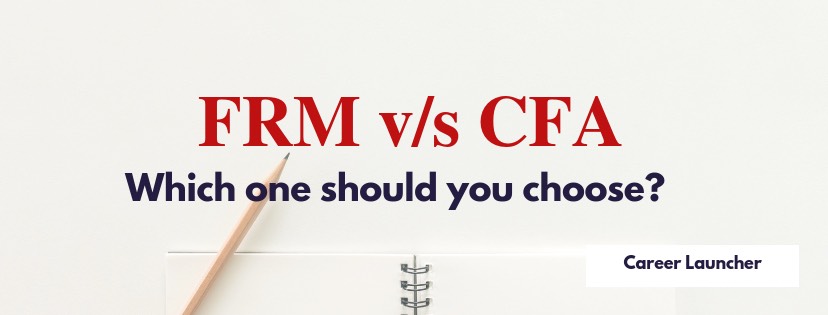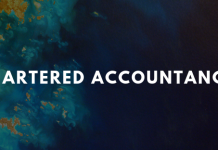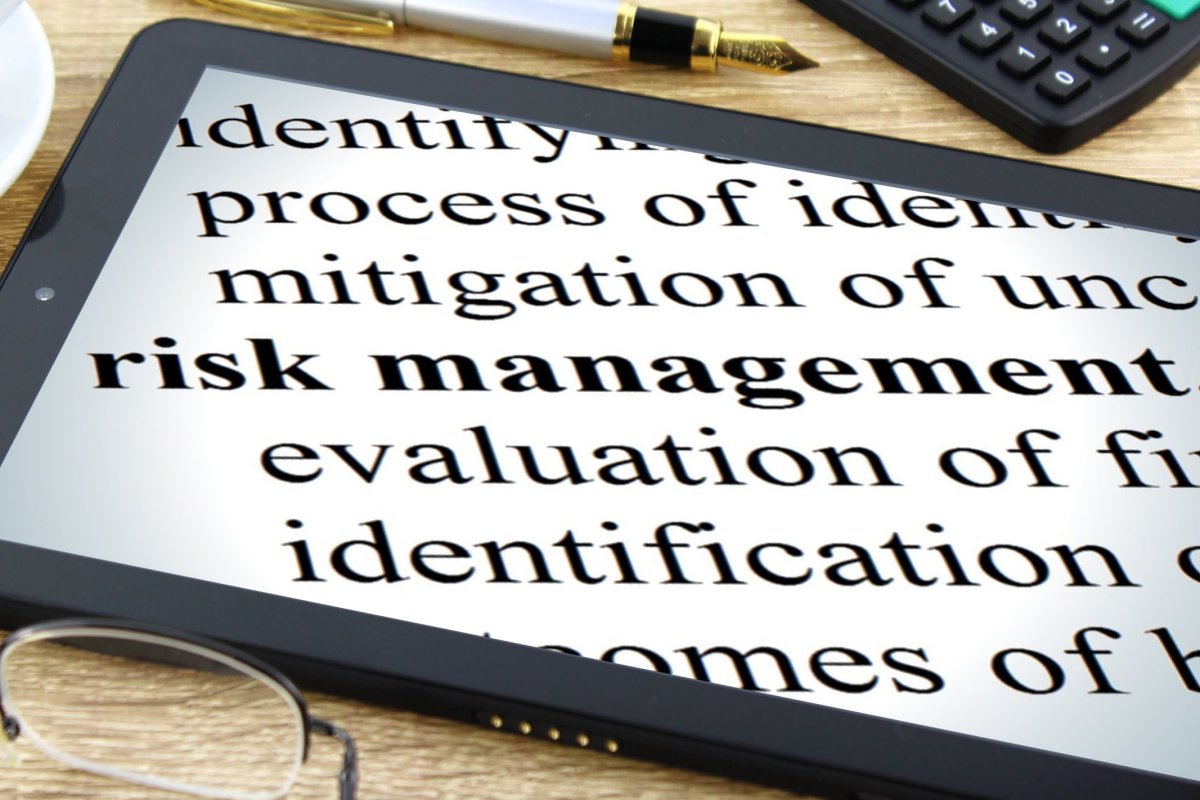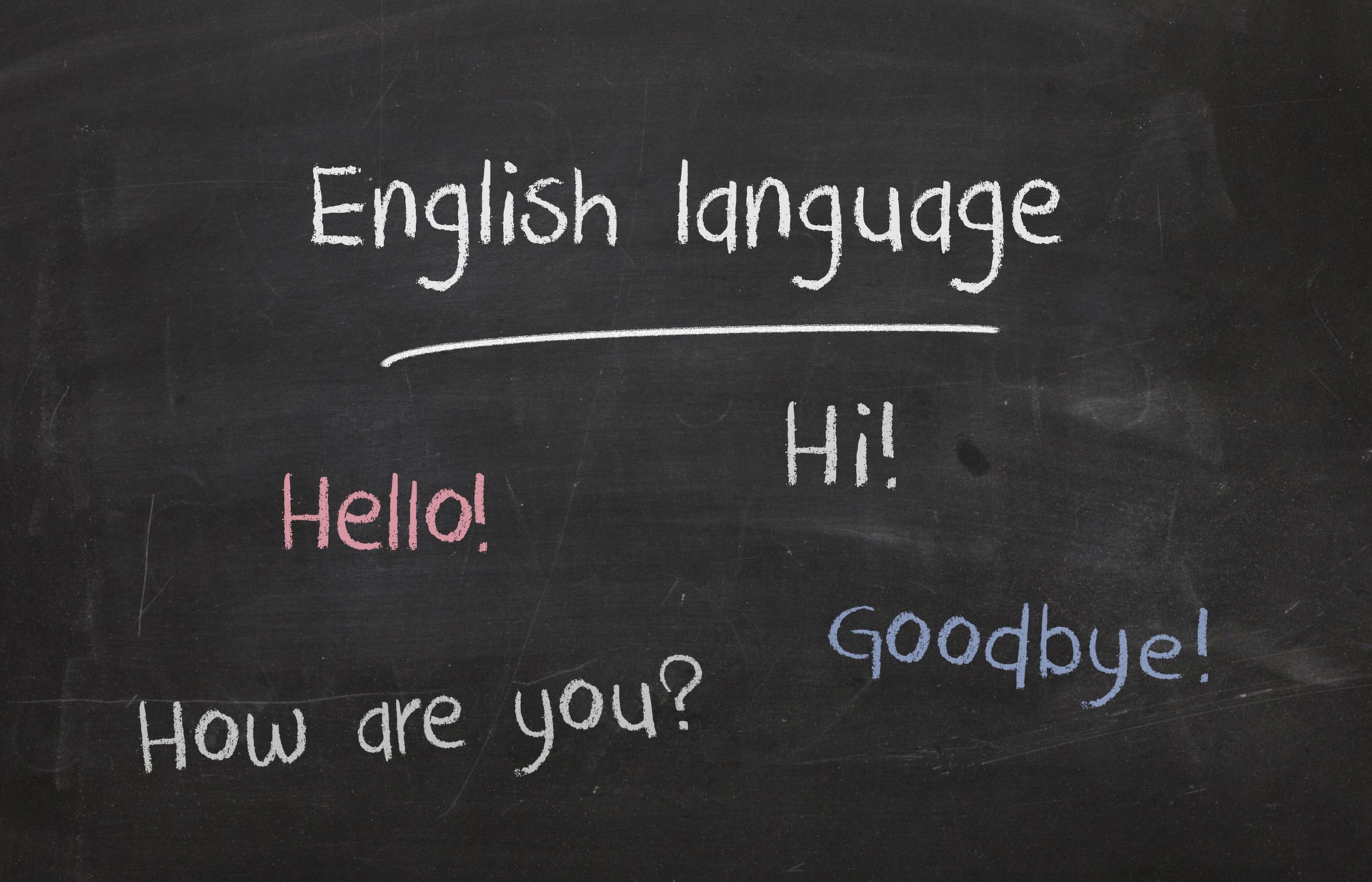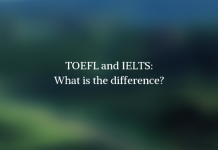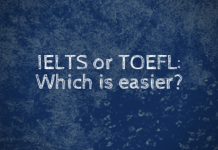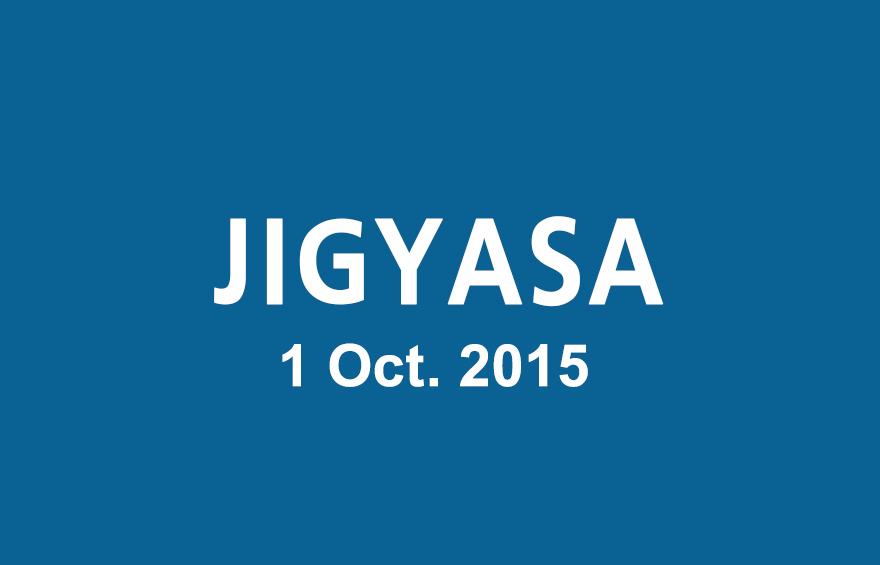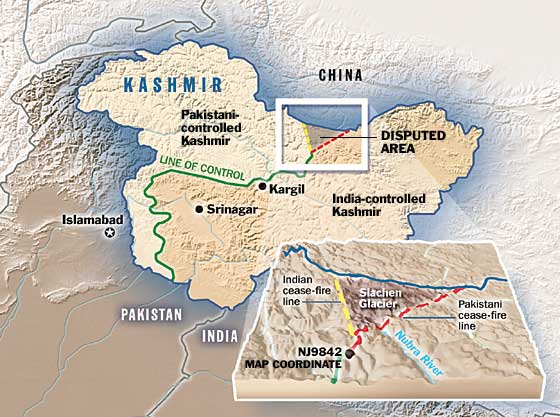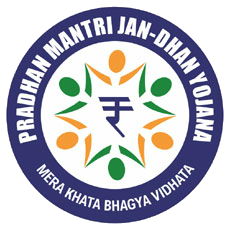The Public Distribution System (PDS) evolved as a system of management of scarcity and for distribution of food grains at affordable prices. Over the years, PDS has become an important part of Government’s policy for management of food economy in the country. PDS is supplemental in nature and is not intended to make available the entire requirement of any of the commodities distributed to a household or a section of the society.
Who runs the PDS?
PDS is operated under the joint responsibility of the Central and the State Governments. The Central Government, through Food Corporation of India (FCI), has assumed the responsibility for procurement, storage, transportation and bulk allocation of food grains to the State Governments. The operational responsibility including allocation within State, identification of eligible families, issue of Ration Cards and supervision of the functioning of Fair Price Shops (FPSs) etc., rest with the State Governments. Under the PDS, presently the commodities namely wheat, rice, sugar and kerosene are being allocated to the States/UTs for distribution. Some States/UTs also distribute additional items of mass consumption through the PDS outlets such as pulses, edible oils, iodized salt, spices, etc.
When was it started?
Public distribution of essential commodities had been in existence in India during the inter-war period. PDS, with its focus on distribution of food grains in urban scarcity areas, had emanated from the critical food shortages of 1960s. PDS had substantially contributed to the containment of rise in food grains prices and ensured access of food to urban consumers. As the national agricultural production had grown in the aftermath of Green Revolution, the outreach of PDS was extended to tribal blocks and areas of high incidence of poverty in the 1970s and 1980s.
PDS, till 1992, was a general entitlement scheme for all consumers without any specific target. The Revamped Public Distribution System (RPDS) was launched in June 1992 in 1775 blocks throughout the country.
The Targeted Public Distribution System (TPDS) was introduced with effect from June 1997. Creation of Food Corporation of India and Agricultural Prices Commission in 1965 consolidated the position of PDS. Government was now committed to announce a minimum support price for wheat and paddy and procure of quantities that could not fetch even such minimum prices in the market. The resultant stocks were to be utilized for maintaining distribution through the PDS and a portion of these were used to create and maintain buffer stocks. In fact, if stocks happened to be inadequate for maintaining a certain level of distribution through PDS, government had to resort to imports to honour its charge to PDS consumers.
What are Objectives of PDS?
PDS was continued as a deliberate social policy of the government with the objectives of:
1) Providing food grains and other essential items to vulnerable sections of the society at reasonable (subsidized) prices;
2) to have a moderating influence on the open market prices of cereals, the distribution of which constitutes a fairly big share of the total marketable surplus; and
3) to attempt socialization in the matter of distribution of essential commodities.
How does the PDS function?
A public distribution shop, also known as fair price shop (FPS) or Ration Shop. It is a part of India’s public distribution system established by Government of India which distributes rations at a subsidized price to the poor. As of date there are about 4.99 lakh fair price shops across India. Locally these are known as “ration shops” and chiefly sell wheat, rice, kerosene and sugar at a price lower than the market price. Other essential commodities may also be sold. These are also called fair price shops. To buy items one must have a ration card. These shops are operated throughout the country by joint assistance of central and state government. The item from these shops are much cheaper but are of average quality. Ration shops are now present in most localities, villages towns and cities. India has 478,000 shops constituting the largest distribution network in the world.
What is the Targeted – PDS?
In June, 1997, the Government of India launched the Targeted Public Distribution System(TPDS) with focus on the poor. Under the TPDS, States were required to formulate and implement foolproof arrangements for the identification of the poor for delivery of foodgrains and for its distribution in a transparent and accountable manner at the FPS level.
The scheme, when introduced, was intended to benefit about 6 crore poor families for whom a quantity of about 72 lakh tonnes of food grains was earmarked annually. The identification of the poor under the scheme was done by the States as per State-wise poverty estimates of the Planning Commission for 1993-94 based on the methodology of the “Expert Group on estimation of proportion and number of poor†chaired by Late Prof Lakdawala. The allocation of food grains to the States/UTs was made on the basis of average consumption in the past i.e. average annual off-take of food grains under the PDS during the past ten years at the time of introduction of TPDS.
Antyodaya Anna Yojana (AAY) is a step in the direction of making TPDS aim at reducing hunger among the poorest segments of the BPL population. A National Sample Survey Exercise pointed towards the fact that about 5% of the total population in the country sleeps without two square meals a day. This section of the population could be called as “hungryâ€. In order to make TPDS more focused and targeted towards this category of population, the “Antyodaya Anna Yojana†(AAY) was launched in December, 2000 for ten million of the poorest families.
What are Limitations of PDS?
1) Leakages and adulteration – The leakages in the TPDS continues to be extremely high [as around 46% grains picked from FCI gets disappeared before reaching the market due to persistent corruption]. The poor quality of what is sold to household through FPS suggests further diversion of what reaches the market. So high level of leakages and adulterations are sometimes attributed to low levels of salary received by FPS dealers (introduction of TPDS in 1997 shrunk the number of ration cards and thus volume handled by FPSs thereby reducing their earnings)
2) Exclusion and Inclusion error – Â High exclusion and inclusion errors and low purchase-entitlement ratio. [Only about 27% of the total poor household is in possession of BPL or AAY ration cards indicating high exclusion error. Further of the total BPL/AAY cards holders only 28% are actually poor suggesting high inclusion error.]
Possible reasons: Inflexibility in issuing of cards due to centrally imposed cap on number of BPL card holders; Irregularity in updating BPL lists over time coupled with increasing population; lack of awareness about presence of FPS and limited information about registration of new cards; existence of large number of bogus cards
3) Low Purchase-Entitlement ratio – Lack of demand by households due to poor quality; irregularity of FPS operations in most rural areas are cited as key reasons
4) Migrant Workers – These workers are unable to access FPS as their stay is not fixed. Due to failure of PDS in this regard also make them to feel discouraged to register for BPL/AAY cards leading to more exclusion errors
5) High operational costs – Besides so high levels of corruption and inefficiencies, the running cost of such a massive subsidy program due to high transportation and storing costs leads to significant financial burden on the exchequer. The expected expenditure on Food subsidy through PDS is about 1% of GDP and is rising as the evaluation of data reveals that growth of subsidy is higher the the growth of national income
How can PDS be revamped?
1) De-privatization i.e. Â Collective management of FPS through gram-panchayat, SHGs, etc
2) Regular revision of commissions to FPS dealers
3) Use of digital ration cards that are difficult to forge or integration with Aadhar card
4) Use of GPS tracking of trucks to minimize diversion of grains during transportation
5) Computerization of the entire supply chain (from picking up from FCI godowns to distribution at FPSs). This helps in many ways e.g. flexibility to regularly update BPL list and weed out bogus cards; better record keeping curb corruption
6) Regular updating of Ration cards i.e. timely issuing of outdated/old and filled (i.e. one in which no space is left for new purchase entry)
7) Making BPL list public for example by painting the name on some important location in village. This helps in bringing transparency in identifying duplicate/bogus card holders
8) Presence of mobile phone in rural areas can be well used to foster transparency. For example, information about transportation schedule of grains and expected stock of grains that FPS in the region can be informed via SMS alerts
9) Awareness about grievance redressal systems: For example painting outside FPSs the helpline numbers and other ways to register complaints
10) Tuning the supply of grains (or inclusion of more commodities) as per local needs
11) Set up vigilance committees of local people with substantial representation of women for each FPS at the village level and also at higher levels;
Cash Transfers vs PDS
Benefits of Cash transfers over PDS
1) Transportation and Storage costs (and along with it wastage of grains due to storage) will be eliminated making the system much more efficient. Costs of maintenance of FPSs will be eliminated. These two together will drastically reduce operational costs
2) Losses due to diversion of grains will evaporate which will be of significant value given that currently about half of the grains are diverted into black market
3) It will not only give freedom of preferences but also give freedom to buy grains from other sources infusing competition in the market which in turn will eliminate the problem of low quality grains
4) More choices will make way for nutritious diet which has been correlated with labor productivity and thus long term increase in output
5) Problem faced by migrant workers will be solved as they will be able to withdraw cash anywhere
6) There is also a possibility that the received transfers may be saved (invested) by households to further their living standard
Issues with Cash Transfers
1) Indexation of cash transfers may not be easy to manage especially in face of high inflation (e.g difficulty in adequate tracking of local prices). Further, delayed indexation in NREGA wages suggests that similar problems are likely in indexation of cash transfers.
2) To keep a check on cartels and hoarding will become all the more important as unwanted inflation due to increased role of middlemen can lead to over burden on exchequer while no benefit to farmers (due to absence of MSP)
3) Under-developed nature of most rural markets makes way for exploitation through inflation and monopolization
4) High rates of illiteracy in rural areas make people vulnerable to exploitation by officials
5) Poor status of financial inclusion in rural areas
6) Transfer of cash rather than subsidized grains will lead to consumption of alcohol and tobacco or on non-food expenses
References
https://en.wikipedia.org/wiki/Antyodaya_Anna_Yojana
https://en.wikipedia.org/wiki/Public_distribution_system
http://dfpd.nic.in/public-distribution.htm
https://akhilnotes.wordpress.com/2013/12/14/pds-and-case-for-cash-transfers-ct/






